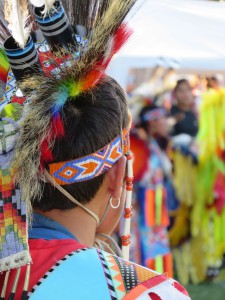Teen Drug Overdose Death Rate Doubles Over Last Decade; News Roundup
By Anonymous, December 01 2015
 Every week Reclaiming Futures rounds up the latest news on juvenile justice reform, adolescent substance use treatment, and teen mental health.
Every week Reclaiming Futures rounds up the latest news on juvenile justice reform, adolescent substance use treatment, and teen mental health.
Teen Drug Overdose Death Rate Doubles Over Last Decade (Psychiatry Advisor)
Trust For America's Health released a new report with findings that the American drug overdose mortality rate has more than doubled over the last ten years, and especially among young men between the ages of 12 to 25 years old. Prescription drugs were found to be responsible for many of the overdoses, and were also found to be connected to heroin addictions in young people.


 A
A  Today at 1pm Eastern,
Today at 1pm Eastern,